“There are some secrets which do not permit themselves to be told. Men die nightly in their beds, wringing the hands of ghostly confessors, and looking them piteously in the eyes — die with despair of heart and convulsion of throat, on account of the hideousness of mysteries which will not suffer themselves to be revealed. Now and then, alas, the conscience of man takes up a burthen so heavy in horror that it can be thrown down only into the grave. And thus the essence of all crime is undivulged.”
Edgar Allan Poe, A Man of the Crowd (1840, revised 1845)
Based on a roughly fictive biography of William Randolph Hearst, Orson Welles in Citizen Kane exhibits the life of a reclusive billionaire. The first part of his life is marked by his public existence and desire to be the leading man, the greatest aviator, the most important producer. He succeeds in all of this but suddenly Kane decides to disappear and remove himself from society for the last 24 years of his life. The story unfolds as the journalist Jerry Thompson tries to find out what could possibly have been the motive for Kane's disappearance from the public eye. We, the spectators, find our identifications split: both with Kane's love of the spotlight and his desire to flee the unending gaze of the public; both admiration for Thompson's curiosity and a hatred of him for forcing the successful recluse to account for himself.
There is something intriguing about the disappearance of another person, or the more inward-directed question, "How could I disappear?" Such questions gain their force because they lead us to question our very existence and identity. Where did these disappeared people go? What was their motive? Is it the desire to be undefinable or perhaps to identify oneself with nothing? Is the burden of existence so great that we must flee, or is the burden of existence only itself a chimera caused by identity?
History is filled with tales of people who mysteriously disappeared without a trace. There was, for example, the Dutch artist Bas Jan Ader who disappeared in a boat off the East Coast of the United States as he was on his way to Europe. He was attempting to cross the Atlantic Ocean in a 13 foot sailboat as part of a project titled In Search of the Miraculous. Perhaps he found it. Perhaps not.
Although disappearance is mostly forced, some will disappear for pleasure – trying to leave behind your old life in order to escape from something, someone. Disappearance in this sense is drastic, the last option. More banal, and more frightening reasons for no return could be seizure by the government without due process of law, mental illness which produces amnesia of self, or simply death.
No matter how control and authority establish the legibility and identifiably of the modern subject, there are always gaps where individuals can disappear into, without leaving behind any trace. But in order to achieve this there is a heavy price to pay: you must abandon your own identity, you must physically, literally, erase yourself. But like any market exchange, you get what you pay for: you gain the opportunity to start from scratch and to become free from your former identity. The artist Lee Lozano made a piece called the “The Dropout Piece” and let herself disappear from the art world in 1970. In a case of life imitating art, she eventually disappeared completely from the art world for the rest of her life. She didn’t leave a trace as she embodied the ultimate disappearance.
Lee Lozano did exactly what the handbooks in The Disappearance Piece of Bik Van der Pol propose. This work consists of stacks of a facsimile of Doug Richmond’s 1995 book How to Disappear, Completely, and Never be Found. The publication guides the reader through the mechanics of how to disappear without leaving tracks, and the author explains how you can efface your old life by faking suicide and then taking on a new identity. He continues with instructions about how to function in society without any background.
The artists Bik Van der Pol question if such radical events as Lozano's disappearance can be traced and if they disappeared intentionally or by chance? Bik Van der Pol originally made it for a show in Rotterdam in 1998 and from then on they presented the stacks of books in different forms of installations. Visitors take copies so that, as the exhibition progresses, the stacks begin to disappear, and the participants become collaborators in the work’s own disappearance. But in their installation it is not clear that visitors are allowed to take a copy since they are not explicitly told to do so. Taking a copy almost feels like stealing something. In this way, The Disappearance Piece is different than other take-away art practices (such as the work of Felix Gonzalez-Torres or Rirkrit Tiravanija) where the concept of removal is central and the audience is invited to participate.
Here the participation is more ambiguous Bik Van der Pol asks us to question our unacknowledged role in a world of disappearance. Do we, in our confusion about whether or not to participate in the disappearance, fail to act? Or, do we, in our insistence on appearing, proclaim a right of the state to police our identities? In other words, what is the difference between a right to disappear, a right to appear, and a right not to be hidden by another? Angelique Campens
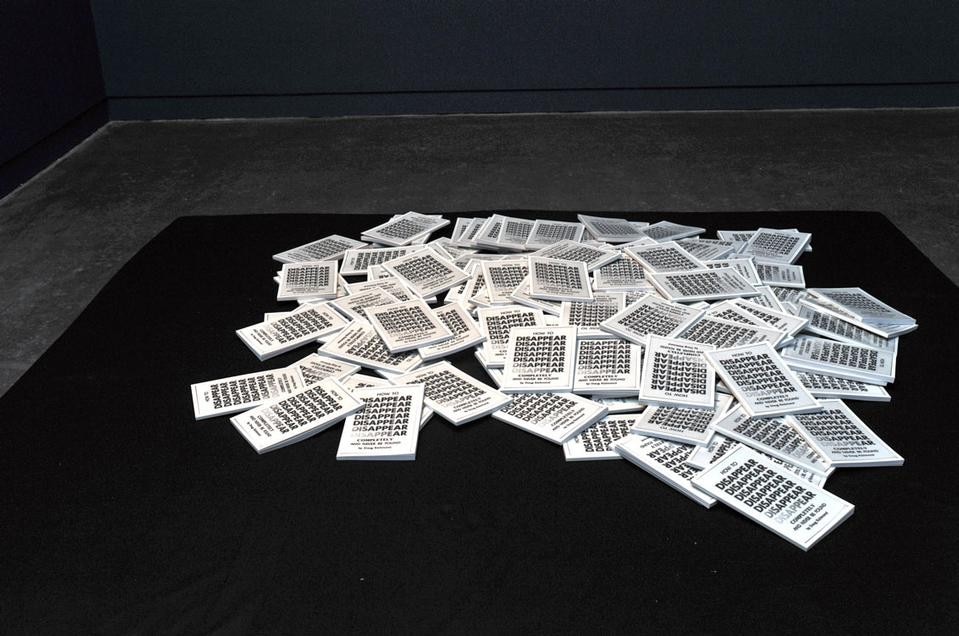
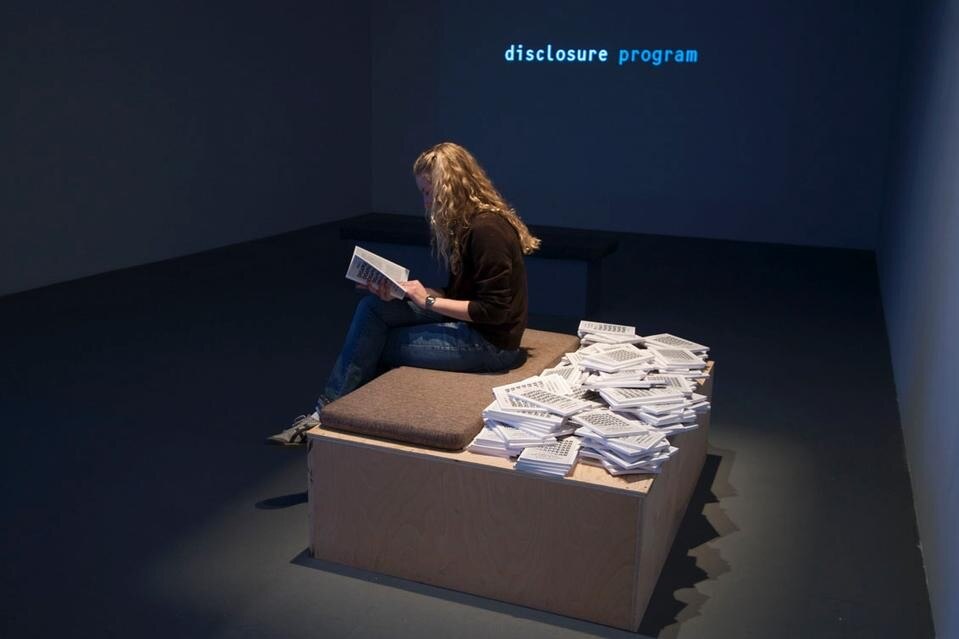

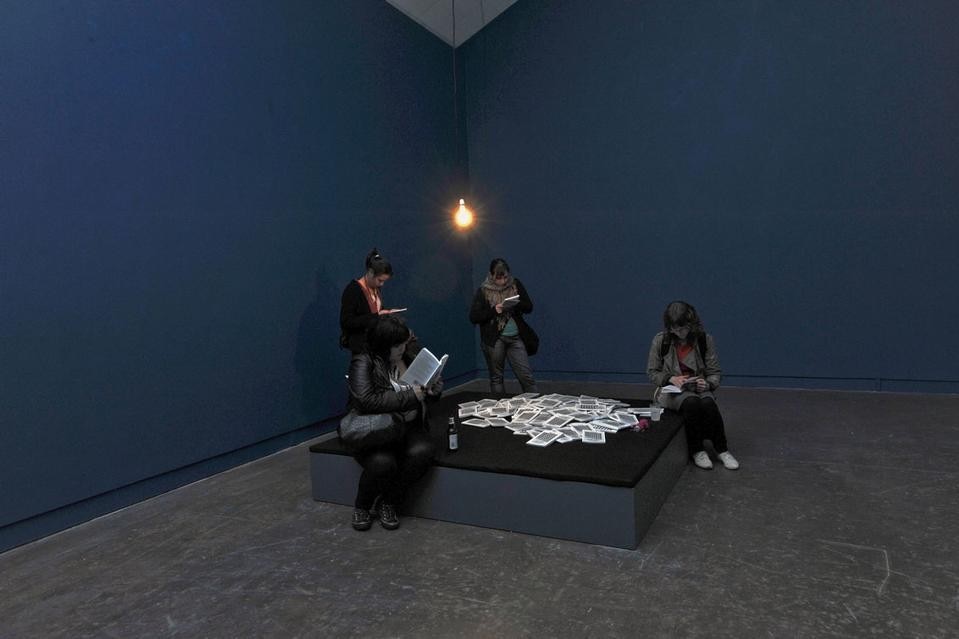
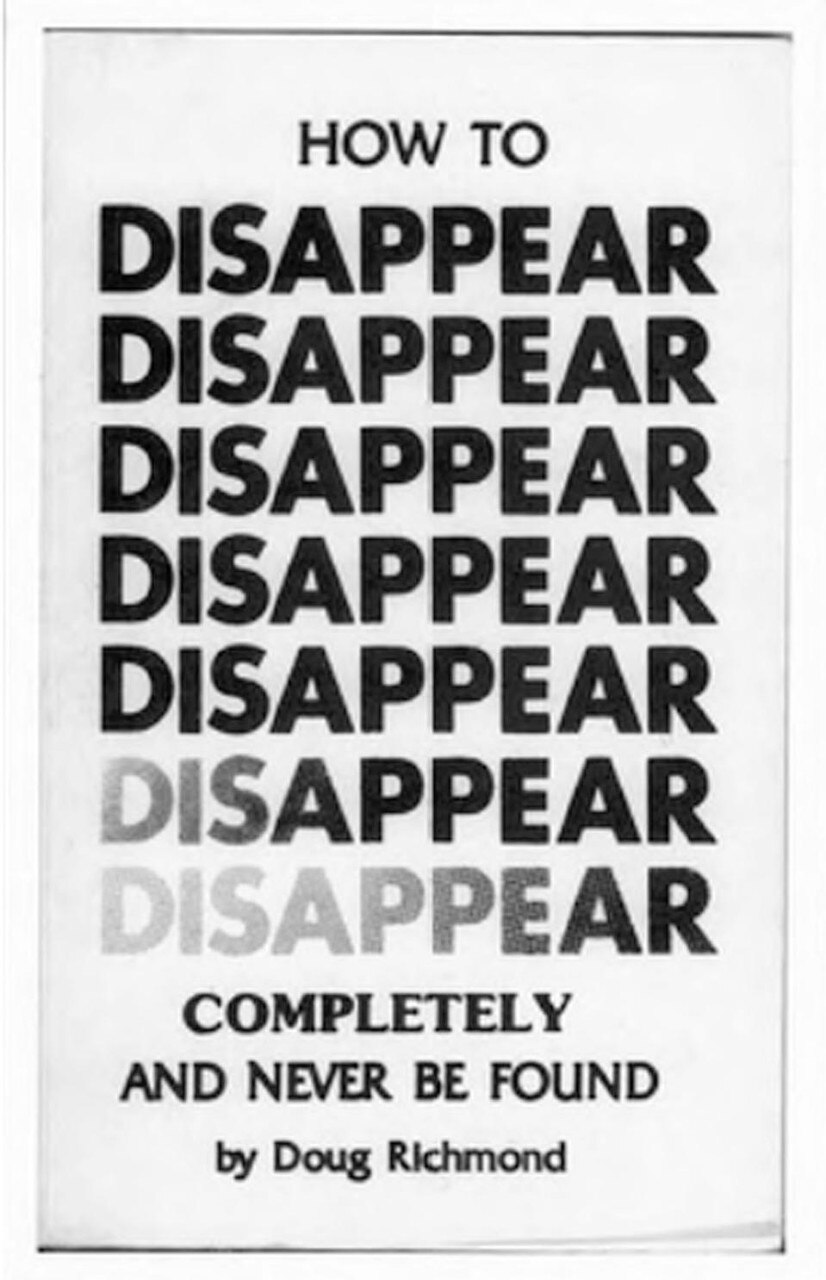
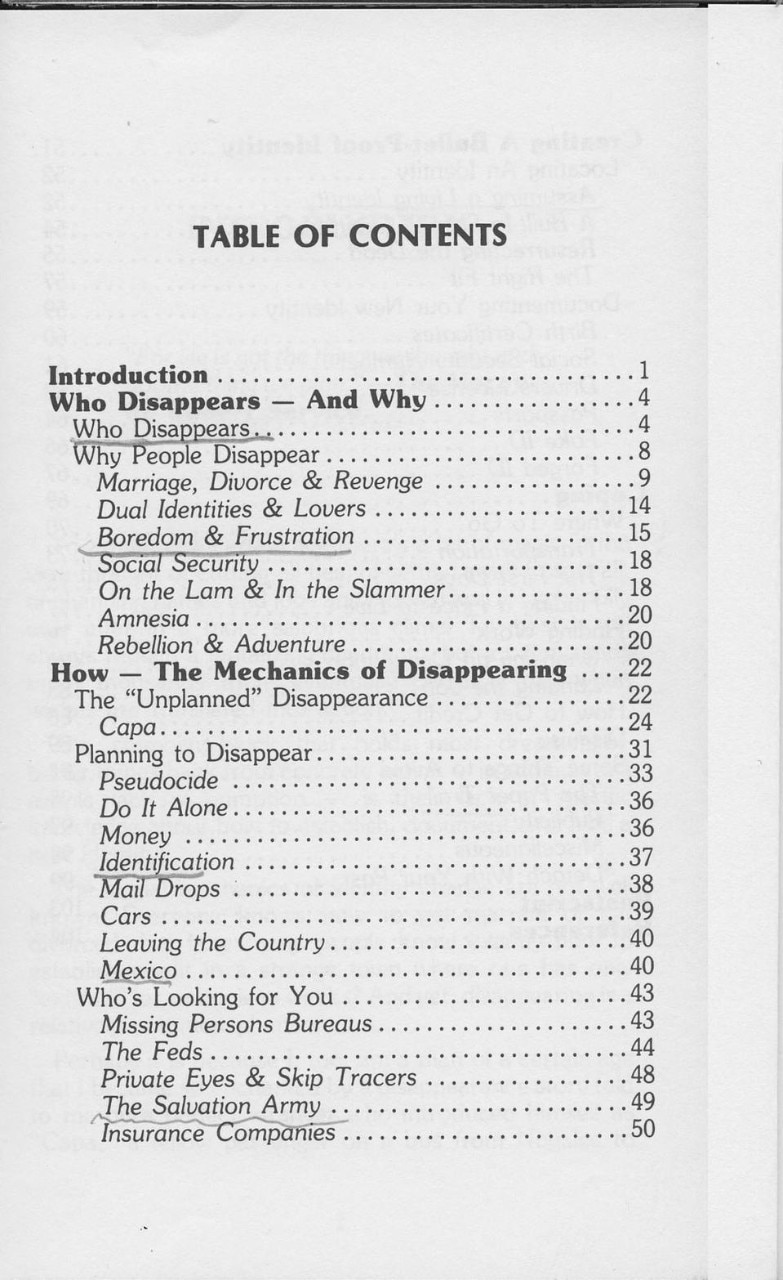
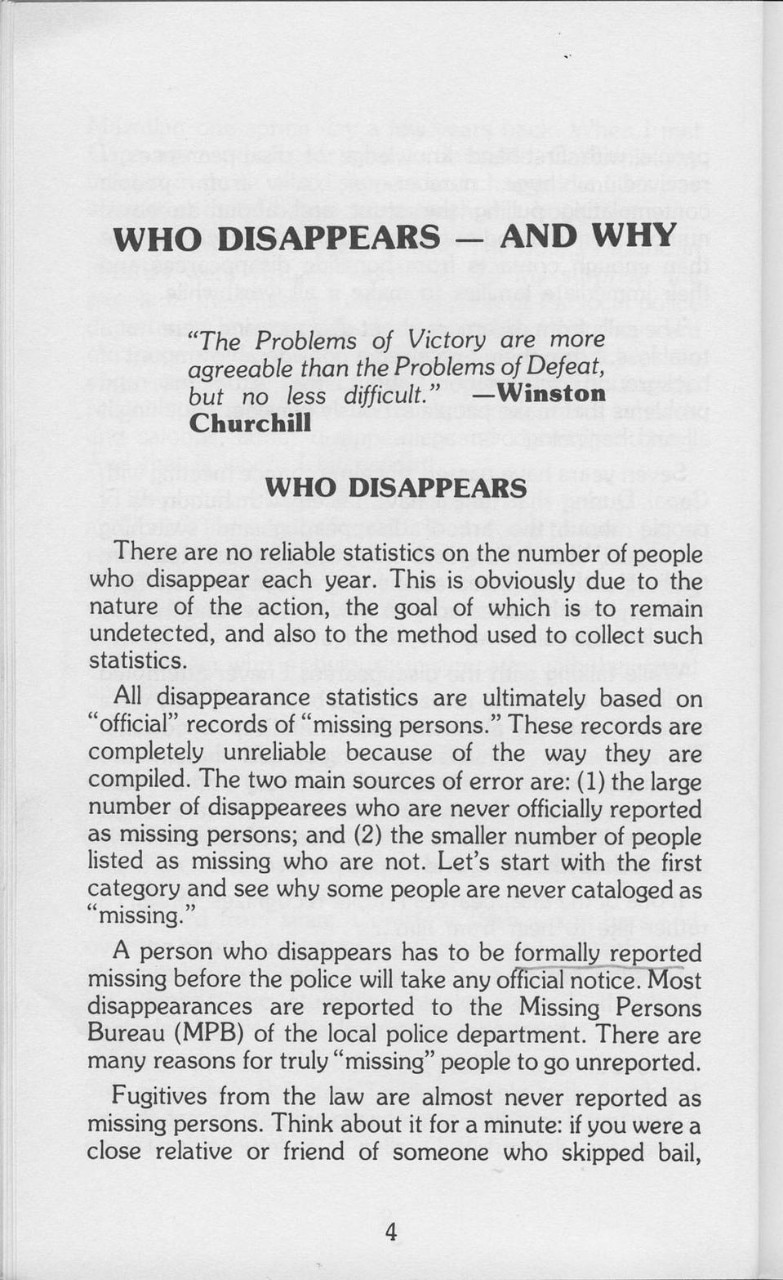
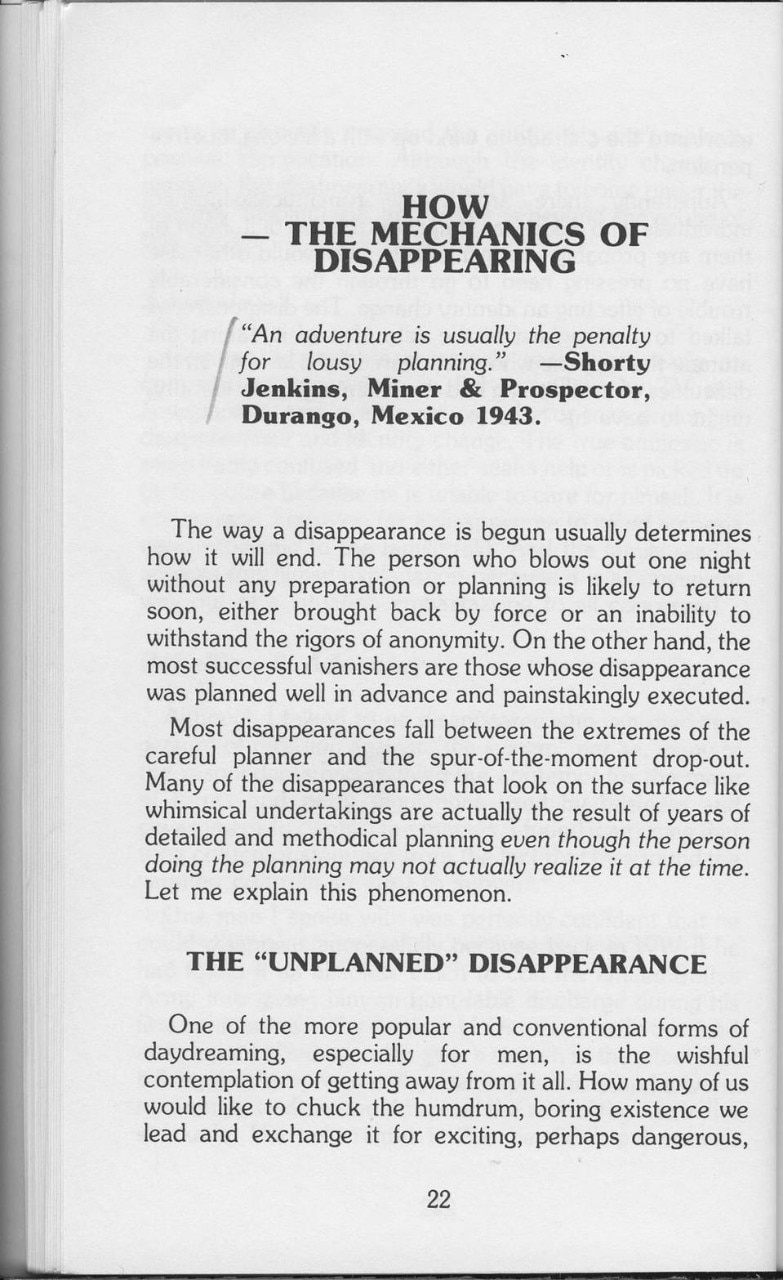
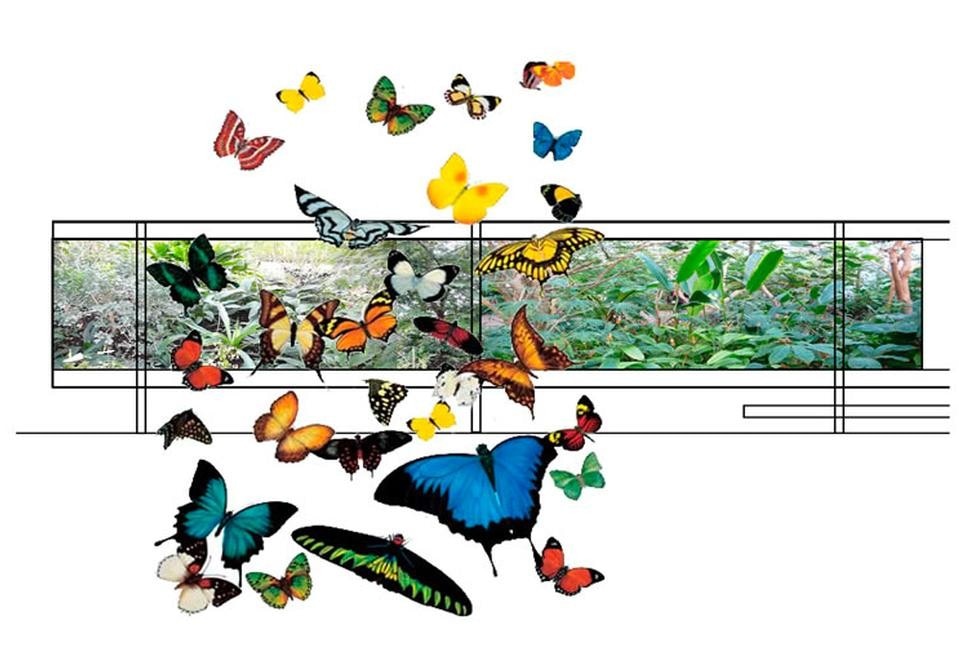


The winner of this fourth edition was chosen from seven artists: Loris Gréaud (France) / Jonathan Horowitz (USA) / Anya Gallaccio (Great Britain) / Meg Cranston (USA) / Daniel Canogar (Spain) / Allora & Calzadilla (Puerto Rico) / Bik Van der Pol (Holland)


